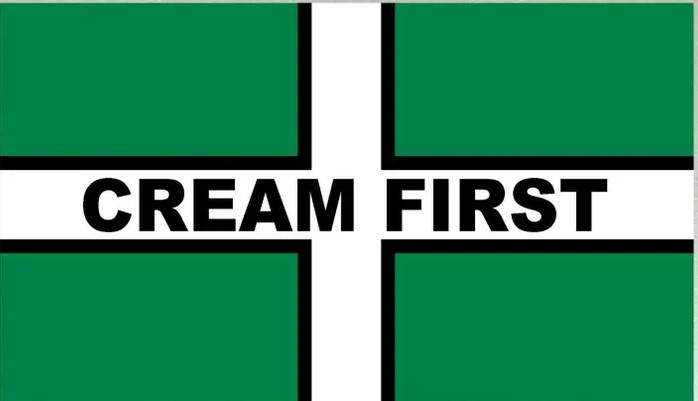Howdy, Stranger!
It looks like you're new here. If you want to get involved, click one of these buttons!
Categories
- 241.5K All Categories
- 22 >> Start Here <<
- 12 New Members
- 8 FAQs
- 86.6K Gear
- 39.5K Guitar
- 3.4K Acoustics
- 1.3K Bass
- 14.6K Amps
- 17.2K FX
- 267 Digital & Modelling
- 765 Other Instruments
- 8.3K Making & Modding
- 421 Gear Reviews
- 107 Guitar Reviews
- 73 Amp Reviews
- 119 FX Reviews
- 87 Other Reviews
- 748 Made in the UK
- 974 Theory
- 1.8K Technique
- 2.1K Live
- 3.2K Studio & Recording
- 2.1K Making Music
- 218 Events
- 15 Guitar Show 2018
- 830 Plug My Stuff
- 105.1K Classifieds
- 41.1K Guitars £
- 2.8K Acoustics £
- 138 LH Guitars £
- 898 Basses £
- 10.5K Parts £
- 18.3K Amps £
- 34.1K FX £
- 2.8K Studio & Rec £
- 6.1K Misc £
- 465 Personnel
- 54.7K Chat
- 36.5K Off Topic
- 1.1K Tributes
- 6.6K Music
In this Discussion
Become a Subscriber!
Subscribe to our Patreon, and get image uploads with no ads on the site!
"Power Pins"
I wouldnt buy em, I think they look ridiculous, but anyone actually tried them ??

https://www.thomann.de/gb/power_pins_bridge_pin_set_v2_gd.htm

https://www.thomann.de/gb/power_pins_bridge_pin_set_v2_gd.htm
just because you don't, doesn't mean you can't
just because you do, doesn't mean you should.
just because you do, doesn't mean you should.
0 LOL 1
LOL 1 Wow! 0
Wow! 0 Wisdom
Wisdom
 LOL 1
LOL 1 Wow! 0
Wow! 0 Wisdom
Wisdom Base theme by DesignModo & ported to Powered by Vanilla by Chris Ireland, modified by the "theFB" team.



Comments
just because you do, doesn't mean you should.
I think they look ok.
They are quite a good idea aren't they and would make acoustic string change just a little bit easier. But string changes on any guitar aren't a major challenge for someone dextrous enough to be playing.
I don't like them on the basis of appearance. They look too much like tears. The very opposite of the emotion that the word 'guitar' means to me. Not a wholly rational dislike, but can't think I would really want to try them.
Also......not cheap.....
Power Pins 2.0 - StewMac
Can't see why the "stem" needs to be that long; they'd be lighter and more discrete if it were shorter.
But like I said a solution to a non-existent problem
not really, just interested if anyone actually tried them
just because you do, doesn't mean you should.
Also, they are connected to the bottom of the Bridgepkate with a metal bar/strip so there is quite a lot of distribution of vibration over the whole of the bridgepkate, which is not what one would imagine from your second photo of the individual pins which doesn’t show the plate
The bridge doesn't use bridge pins being straight-through stringing. There's plenty of tone and volume available!